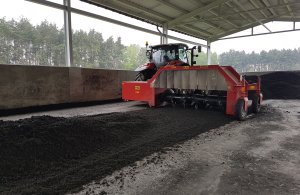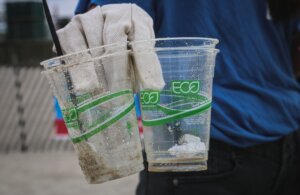A hyperspectral imaging camera detects “chemical fingerprints” to separate compostable from conventional plastics during recycling. (Credit: Gerd Altmann / Pixabay)
A research team at the Plastic Waste Innovation Hub and departments of mechanical engineering and chemistry at University College London used Hyperspectral imaging (HSI) and special machine learning techniques to develop a classification model to automatically identify and categorize compostable plastic materials, thus working towards a solution to close the loop in the circular economy of industrial compostable plastics. The experimental design includes a hyperspectral imaging camera, allowing different chemometric techniques to be applied including principal component analysis (PCA) and partial least square discriminant analysis (PLS-DA). According to the research article on frontiersin.org the approach in this work was to differentiate between 7 types of materials with various sizes from 50 to 5 square millimeters. The result clearly illustrates that the model built can perfectly differentiate between types of materials. The model also showed good results when being applied to overlapping samples and real-world compostable packaging. For overlapping small samples, the misclassification rate of palm leaf derived packaging was 20% while other types of material were 0%. However, the hyperspectral imaging system has a limitation in common with other IR detection systems, in that it cannot reliably detect dark materials because of light absorbance effects. “Effective sorting technologies for compostable plastics are needed to help improve composting rates of these materials and reduce the contamination of recycling waste streams.” the authors state in their article.

Images of hyperspectral camera system. (A) Components of HSI system. (B) Dimension of HSI system. (Credit: frontiersin.org)










